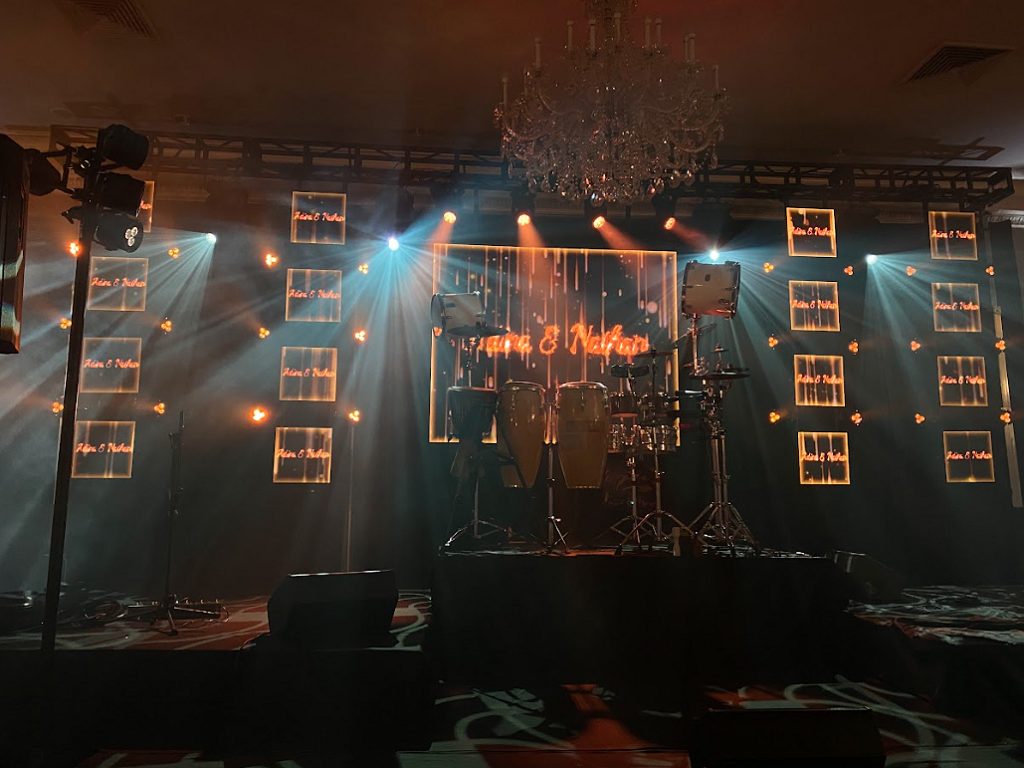Perfecting the Art of Flawless Video Mapping on Arched Screens for Breathtaking Visual Audience Experiences
Perfecting the Art of Flawless Video Mapping on Arched Screens for Breathtaking Visual Audience Experiences
Blog Article
Video projection is an exciting technique that enables images and footage to be projected onto surfaces, creating breathtaking visual experiences. When it comes to rounded areas, mastering this art can be a bit more difficult than casting onto flat surfaces. Rounded areas can encompass anything from the facades of structures to sculptures and even stages. Grasping how to efficiently project videos onto these shapes is essential for creators, design professionals, and event planners who want to develop immersive settings that enthrall audiences.
The first step in video projection on rounded surfaces is to understand the geometry of the area. Rounded areas can be complex, with different degrees of curvature. To achieve a seamless display, it is vital to build a 3D representation of the area. This representation helps in imagining how the video will appear when cast. Applications tools are available that permit users to develop these models and simulate the projection. By precisely aligning the measurements and contours of the area, creators can ensure that the video aligns perfectly without warping.
Once the 3D representation is prepared, the next step is to prepare the video material. This includes editing the video to suit the specific shape and size of the rounded area. It is crucial to consider the perspectives and sightlines from which the viewers will observe the projection. The content should be designed to improve the aesthetic encounter, making it captivating and relevant to the theme of the occasion or setup. Using high-quality graphics and animations can greatly see this site enhance the overall effect of the display.
After editing the material, the actual display procedure begins. This involves placing up the devices at the correct angles and spaces to ensure that the footage aligns with the 3D model. Adjustment is a crucial part of this process. It may necessitate modifying the brightness, differentiation, and sharpness of the projectors to achieve the optimal outcomes. Additionally, using multiple projectors may be necessary to encompass bigger or more intricate areas. This technique, known as edge blending, helps form a continuous visual across the entire area.
Ultimately, trialing the projection is essential before the conclusive presentation. This allows designers to make any required adjustments to the footage and device settings. It is also an chance to see how the audience will experience the display from different perspectives. By confirming that the video projection is perfect, creators can provide a stunning visual encounter that leaves a memorable impression. Mastering footage mapping on curved areas not only enhances creative expression but also creates new opportunities for storytelling and viewer interaction in multiple settings.